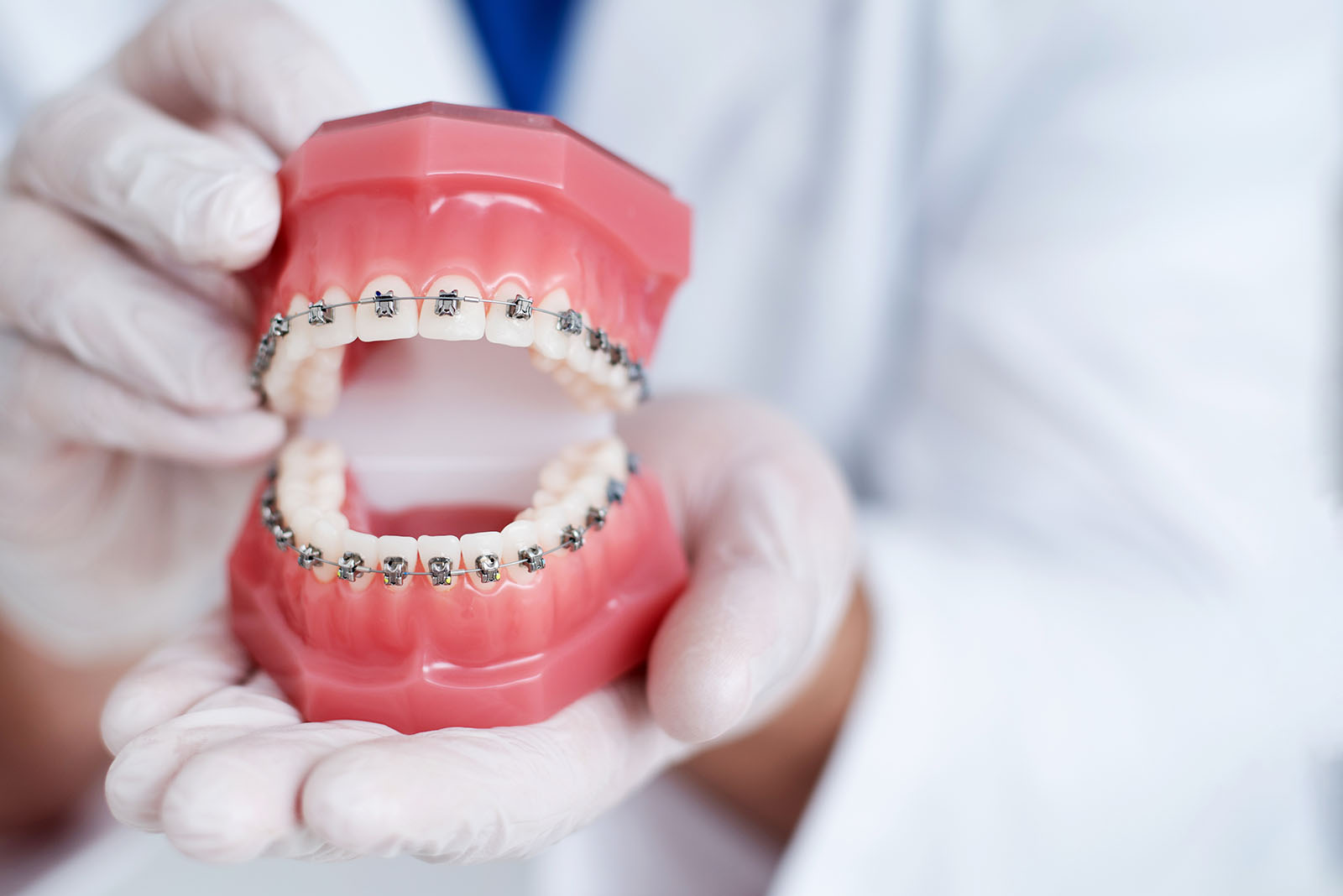The American Association of Orthodontists recommends that children meet with an orthodontist for their first examination at age 7. Why? This seems a bit young, doesn’t it? At that age, most children may have lost only 4 baby teeth.
While it’s true that children generally do not begin comprehensive orthodontic treatment (e.g. traditional braces or Invisalign) until age 12-13 (after they have lost their baby teeth and their twelve-year molars have erupted), it’s a good idea for parents and their orthodontist to formulate a plan for the future.
Some problems can be easily “nipped in the bud” before they develop into bigger problems. And for most children, no early treatment at all is usually indicated. As a parent, I know that hearing that all is well for now and a child can be placed on annual recall can give a great sense of relief.
When would early (usually age 7-10) treatment be indicated? The American Association of Orthodontists have designated 9 common situations in which this should occur.
- Anterior Crossbite. An anterior crossbite is when one of the upper front teeth is located improperly, inside the lowers. This can lead to chipping of the front teeth, but more importantly, it can lead to pushing forwards of the lower teeth, which can lead to recession. It is best to correct the crossbite before the recession occurs (this usually means an upper expander and partial upper braces will be needed, but it sometimes can be corrected with a removable retainer).
- Posterior Crossbite. A posterior crossbite is present when the upper jaw is too narrow relative to the lower. This can lead to shifting of the lower jaw to create a more comfortable “bite”, which can create a permanent asymmetry of the lower jaw. It also usually means that there will not be enough space for the upper permanent teeth to erupt normally. Posterior crossbites are also usually corrected with cemented upper expanders, but sometimes removable expanders are used.
- Crowding. Significant crowding sometimes also must be addressed early, usually with expanders but sometimes with cemented space maintainers and referral for extractions of “baby” and sometimes adult teeth (this is rare, but sometimes necessary).
- Open Bite. An anterior open bite is present when the upper front teeth do not properly overlap the lower front teeth. This is usually due to a patient habit, such as thumb sucking. This is important to correct early, as it decreases function (the front teeth cannot be used properly to bite into foods like pizza and sandwiches), is not esthetic, and can also create speech disorders. Children with anterior open bites also tend to be rather messy eaters. Open bites are usually addressed by cementing a crib appliance, which helps to decrease the oral habit.
- Protrusion. Protrusion is present when the upper front teeth very significantly extend outwards beyond the lowers (“buck teeth”). This is only rarely addressed in phase I (early) treatment. Most of the time, this can wait until future comprehensive treatment (e.g. braces or Invisalign at age 12 or 13).
- Ectopic Eruption. Sometimes, adult teeth erupt improperly and “get stuck” under the incorrect baby teeth or cause an incorrect baby tooth to be lost early. This has to be addressed on a case-by-case basis and does require early intervention in most cases.
- Complete Class III. A class III malocclusion is commonly referred to as an underbite. True underbites should be treated as young as possible (as soon as the child is able to tolerate the procedures, usually at age 6-8). They are usually treated with an expander and a removable headgear (to be worn when the patient is in the house/at home, not to school or outside while playing).
- Diastema. Gaps between the upper and lower front teeth are normal in young children, but occasionally very large spaces should be closed when the patient is young so that the space can be moved to another area where it would be more useful (e.g., moved from between the front two teeth to the area of the unerupted canines). If this is necessary, it is usually accomplished by using partial braces, but sometimes an active removable retainer can be used.
- Oral Habits. Children with persistent habits such as thumb or finger sucking should be assessed early, as this can lead to a variety of significant issues (e.g., anterior or posterior crossbites, anterior open bites, etc.). Sometimes just talking to the orthodontist will trigger a child to stop the habit. Sometimes, though, a fixed reminder appliance (like a thumb crib) is needed to help spur cessation.
If none of these issues are present, the child is usually placed on recall (6month or annual) until the remaining permanent teeth have erupted (age 12 or 13). At that time, the parent and orthodontist can decide together if treatment is needed. Generally, there are many options and the family and orthodontist can collaborate to determine which option is most ideal for the child.

